Pay-per-click (PPC) advertising: How to run effective ad campaigns on Google
- July 15, 2023
- Paid Campaigns
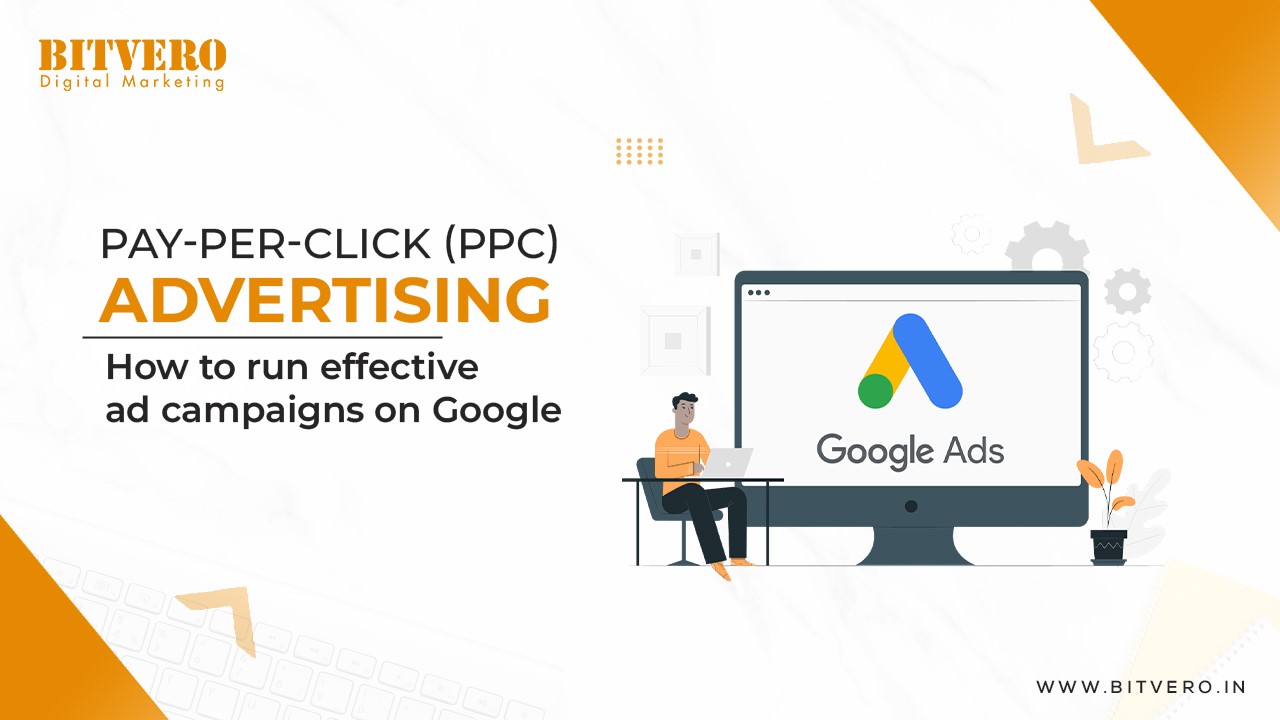
Google PPC, or pay-per-click has become an important tool for promoting business for those who want quick results.
People usually do not want to wait long for organic SEO to succeed, so they invest in pay-per-click ads that provide immediate results in terms of online visibility, web traffic, leads and conversion on an affordable budget.
What is Pay Per Click Advertising?
Pay-per-click ads allow businesses to run ads on Google and pay only when someone has clicked on the ads.
It means if the person does not click through your ad and scrolls through it, that will be considered an impression, and you will not have to pay for it.
It provides you with the advantage of paying for the clicks only, so it becomes an effective method to bring genuine engagement and enquiries.
However, running an effective Google ads campaign is not that easy and requires some sort of knowledge about Google PPC. If you hired a digital marketing company to handle all your Google PPC need, it’s great!
But if you have decided to do it on your own, here we provide some tips to help you run an effective Google ad campaign.
Read Also: I am a new business. What are the pros & cons of starting a PPC?
Define your Goal
Before you start creating a new ad campaign, have a clear idea of what you want from the campaign.
Google provides various campaign objective options to choose from. See the image below:
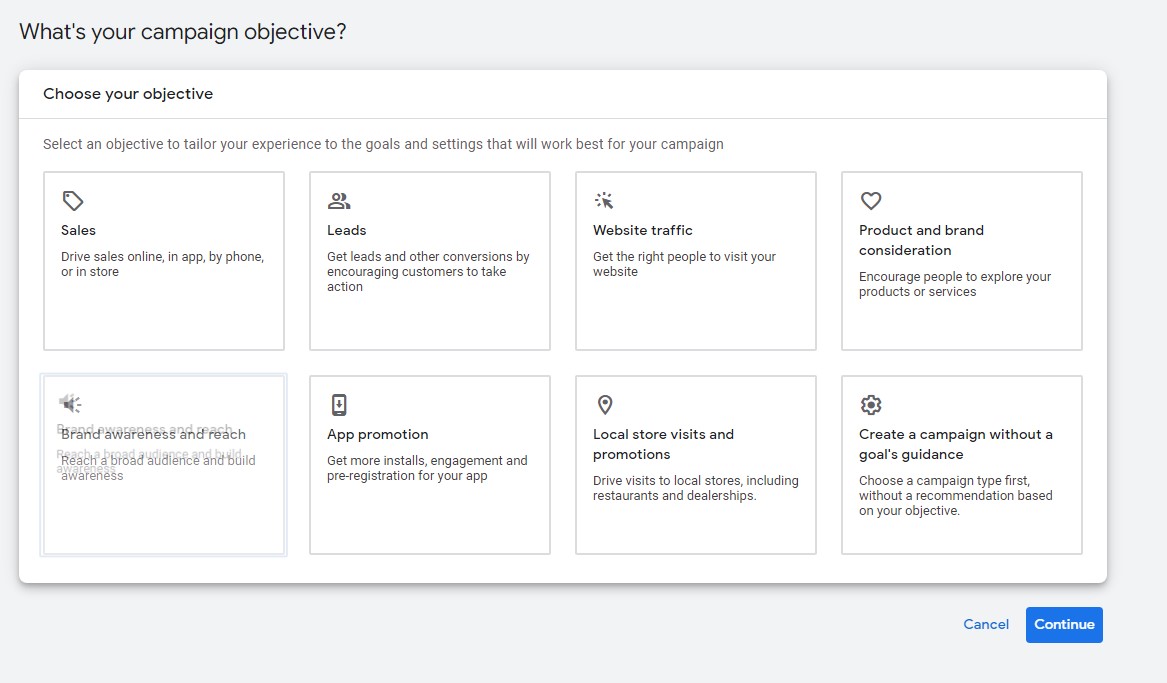
Say you want to bring traffic to your website; simply set “website traffic” as your objective.
In case your objective is something else, choose accordingly.
Have a clear idea of the campaign type.
Google has a list of various campaign types., e.g.
- Search
- Display
- Shopping
- Video
- Discovery
- Performance Max (for running ads on all Google platforms like Gmail, YouTube, Maps & more.)
Each of the above campaign types shows ads to users in a different format. Take the idea of this from the below graphic:
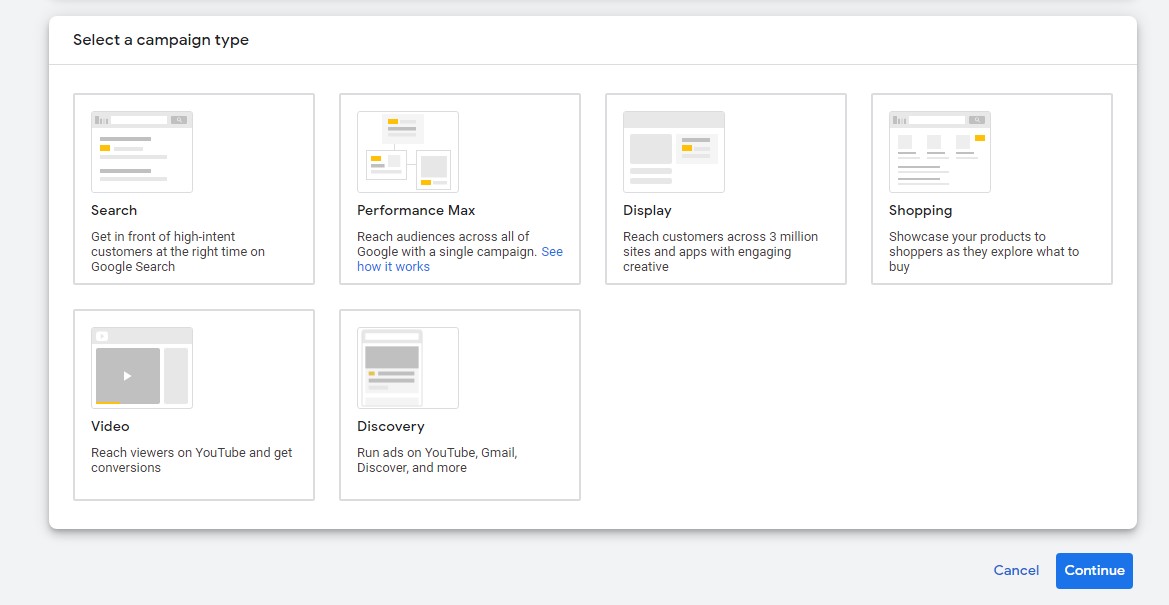
You must determine the campaign type best fits your needs and proceed accordingly.
Select your Targeting
By default, Google shows your ads to a wide audience, including even those who are not your potential customers.
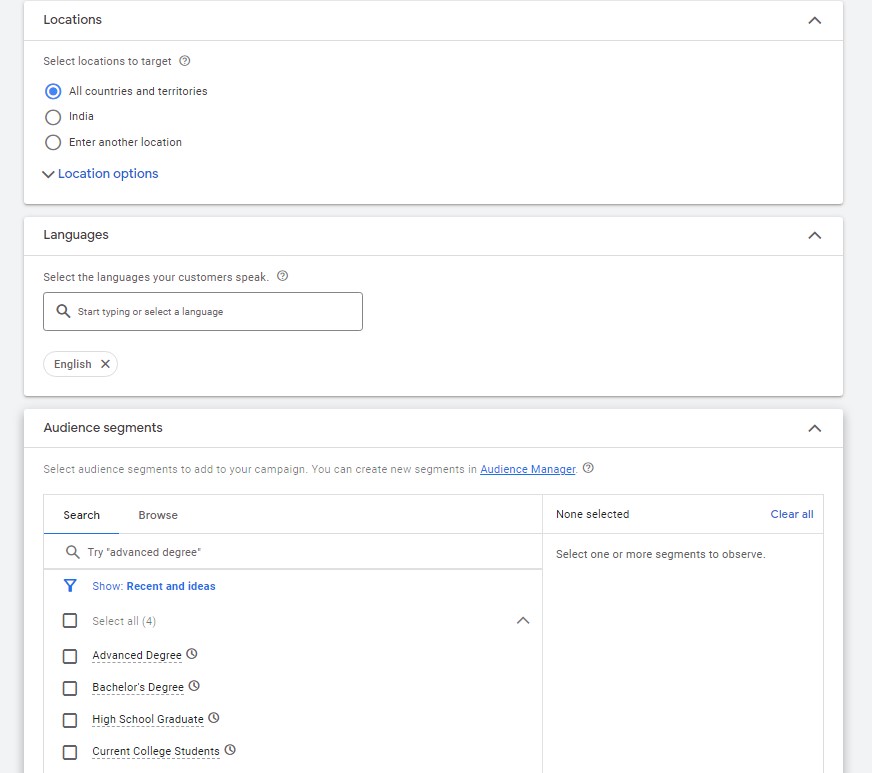
However, by making your ad targeted, you can ensure that your ads reach only a group of selected people. Say, your target audience!
You can select your target in the following forms.
- keywords,
- audiences,
- locations,
- language,
- topics,
- devices,
- and remarketing
Let’s say you own an online store that sells women’s jute bags, so you will want to target women interested in jute bags. Since your store is located in Delhi, you primarily target women living in the Delhi NCR and nearby regions like Punjab, Haryana etc.
Use as many relevant keywords as possible.
Prepare a list of all the keywords related to your business or those your potential customers may search for.
For each keyword, find more keyword ideas or related terms people search for by plugging those terms into keyword search tools like Google keywords planner or SEMrush keywords magic tool.
This will give you an idea of how often people have searched for a specific term and which has the highest or lowest search volume.
Target Long Tail Keywords
Long tail keywords usually have low search volume but higher conversion value.
Also, long tail keywords provide you with customers looking exactly for the same service you offer, helping you achieve a higher conversion rate.
Let’s say you run a website design company in India, and for a Google ads campaign, you choose a short tail keyword, “website design”.
Now Google will show your ad for every query asking for website design, irrespective of the fact that the user is not looking for a website design service rather, the query was intended to know, “What is website design”.
However, if you use a long tail keyword like website design services, your ad will become visible to customers genuinely interested in your service, increasing the chance of conversions.
Avoid Negative Keywords
Google ads allow you to exclude negative keywords you do not want to associate with.
For example, if you offer digital marketing services but not tutorials on digital marketing courses, you would not want to appear in the results for the latter query.
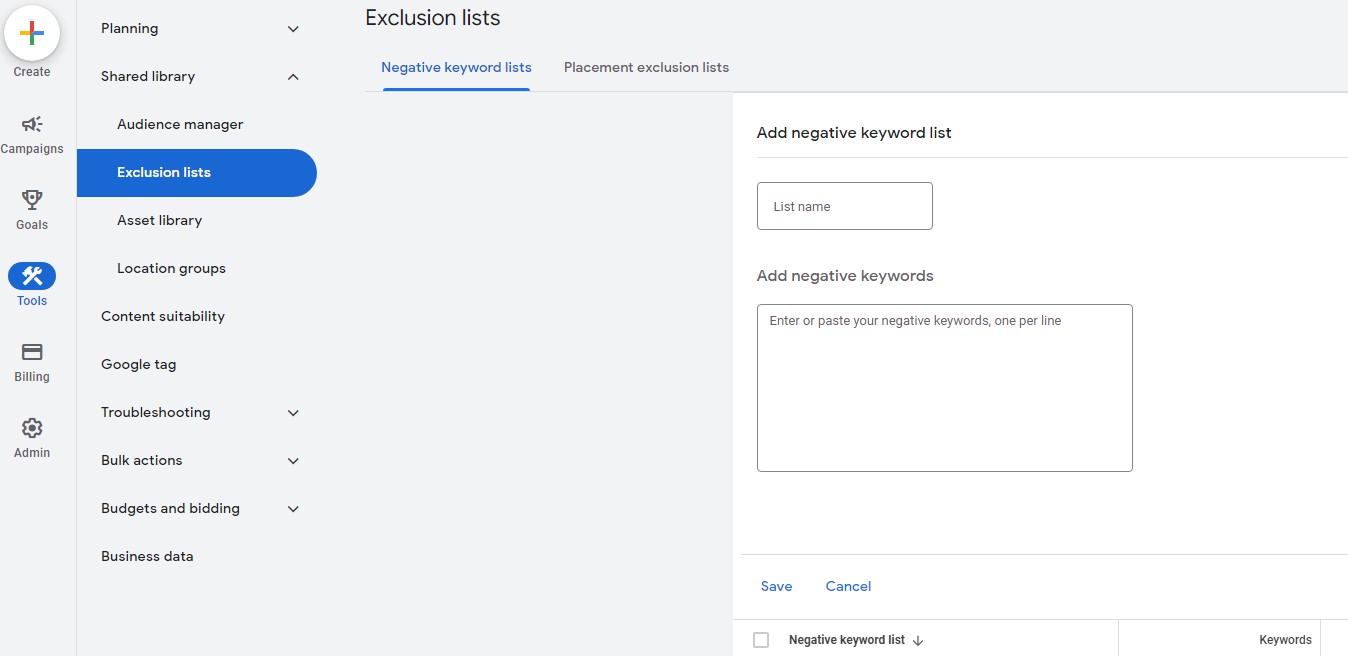
So, by excluding this negative keyword, you can reduce your bounce rate, as by clicking through for this keyword, the user will only be going to disappoint and bounce back.
Furthermore, you may find the negative terms leading people on your website in your Search Term Report. The report highlights the queries in response to which Google puts you in the results. If you find any irrelevant queries, you may include them in the negative keywords list.
Add more Extensions
Google says that using ad extensions helps you improve your clickthrough rate by 10 to 15 per cent.
Google ad extensions are an extra bit of information that becomes visible to the user as an extension of ad copy.
There are the following types of extensions you may consider.
Sitelink Extension – allows you to add links to any specific webpage.
Callout Extension – lets you add some extra information to promote your business. These extensions may include free shopping, 24-hour customer service and more.
Location Extension – makes your ad visible with the map and the address or distance to your business.
Call asset extension – shows your business phone number along with ad copy, providing you increased clickthrough rate.
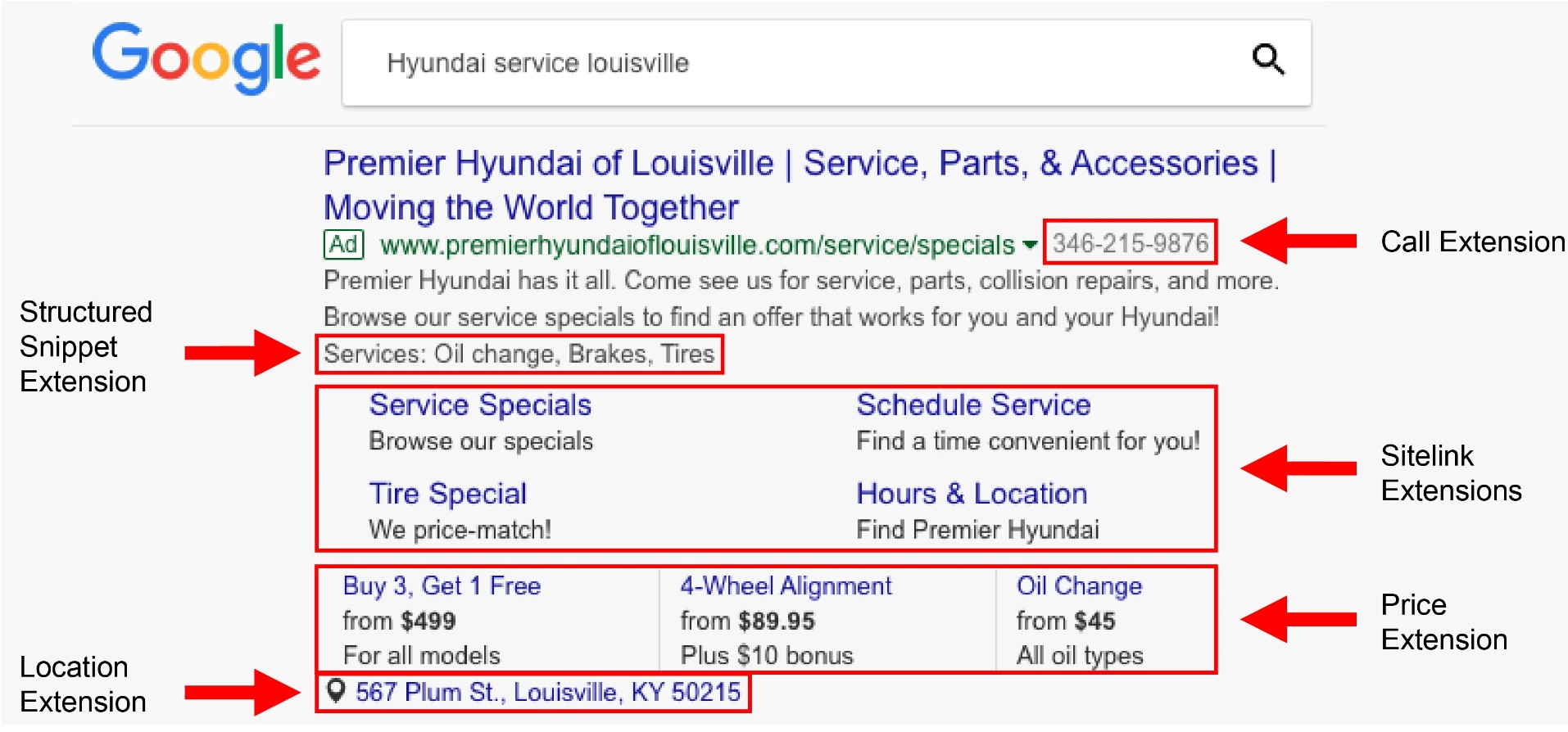
Pay attention to the ad copy structure.
At this point, you will finally create the ad copy that will become visible to the user on Google searches.
You need to keep it compelling and enriched with keywords and callouts.
Here, you will require to write Headings and Descriptions about your product ad.
Headings- You can write 15 headings, each of a maximum of 30 characters.
Description- You can write up to 4 descriptions, each under 90 characters.
Display path- the link to the landing page will appear just below the heading. It can contain up to 15 characters.
Besides this, you should also include site links pointing to different web pages as well as include callouts to make the copy compelling and effective.
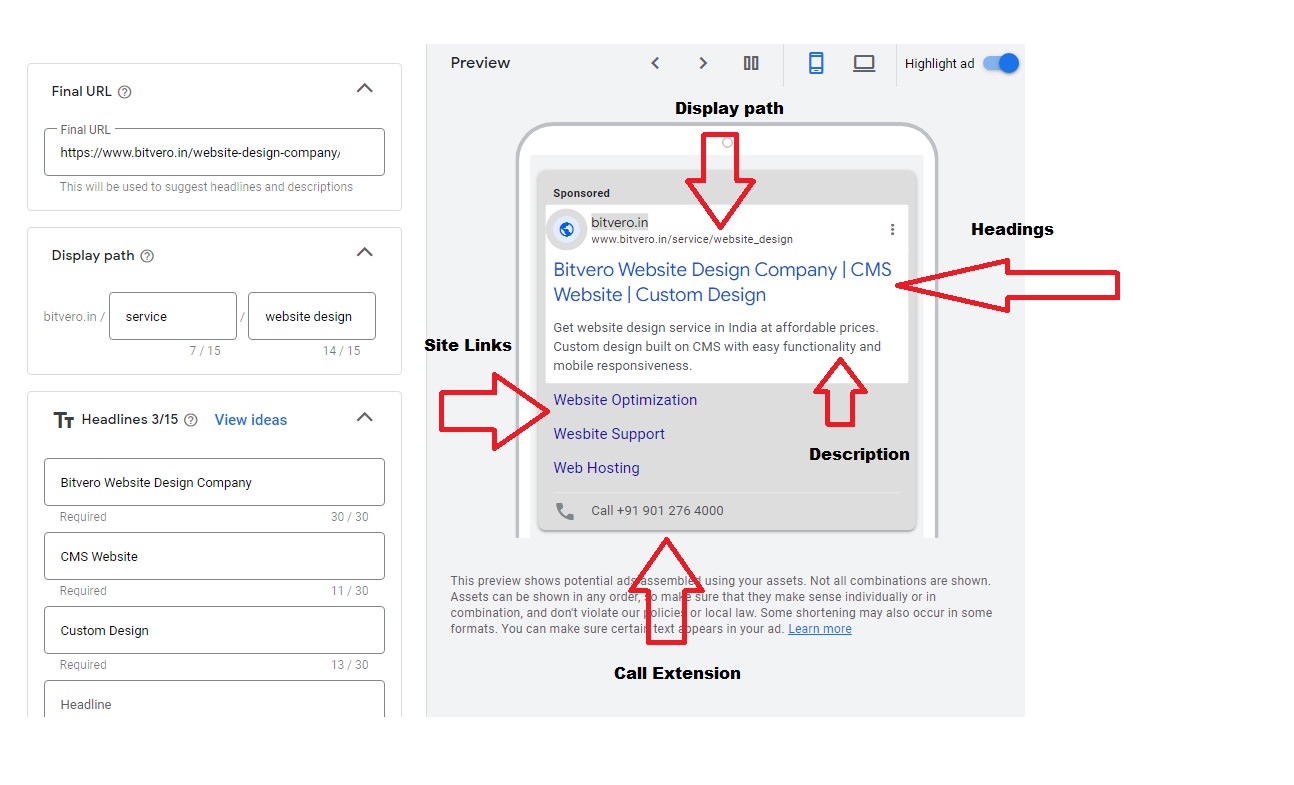
You can check if your ad copy is looking effective in the preview. Alternatively, you can also see your ad strength score on the top section of the same page.
Note: It should be noted that not all variations of your headings or description will be displayed to the user. Instead, the Google algorithm will select the most relevant one according to the user query. Thus, including different keywords in each heading and description is important.
Optimise Landing Page
After clicking through your ad, the page that users visit is your landing page.
You should optimise it to keep it in line with your ad copy.
For example, if your Google ad promised 50% off on website design & digital marketing services, but when they visit your landing page and do not find the offer detail, they will simply bounce back!
Consult a Digital Marketing Company to reduce your CPC
In case you want to reduce the cost per click of your Google ads, then you should consider consult a digital marketing consultant. A marketing consultant can have expertise in selecting the right keyword’s and optimize them . Additionally , they will also conduct a A/B testing to identify the most effective version of your ad copy which will help you yield a higher CTR , conversions, and ultimately a reduced CPC.
Final Note
We hope the above tips will help in creating effective Google ads campaign. If you really found this article helpful, check out our blog to get more such valuable articles on topics like ChatGPT, Google Bard, AI, Digital Marketing and more.
If you want us to help your run effective Google ads call us on +91 901 276 4000
A team of digital marketing professionals who know the Art of making customers fall in LOVE with your brand!
